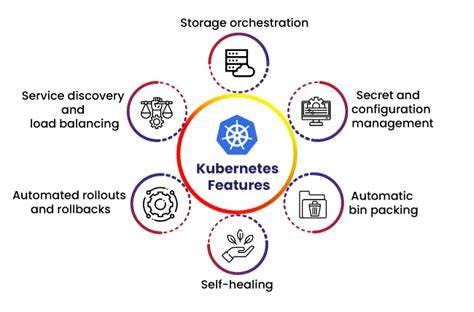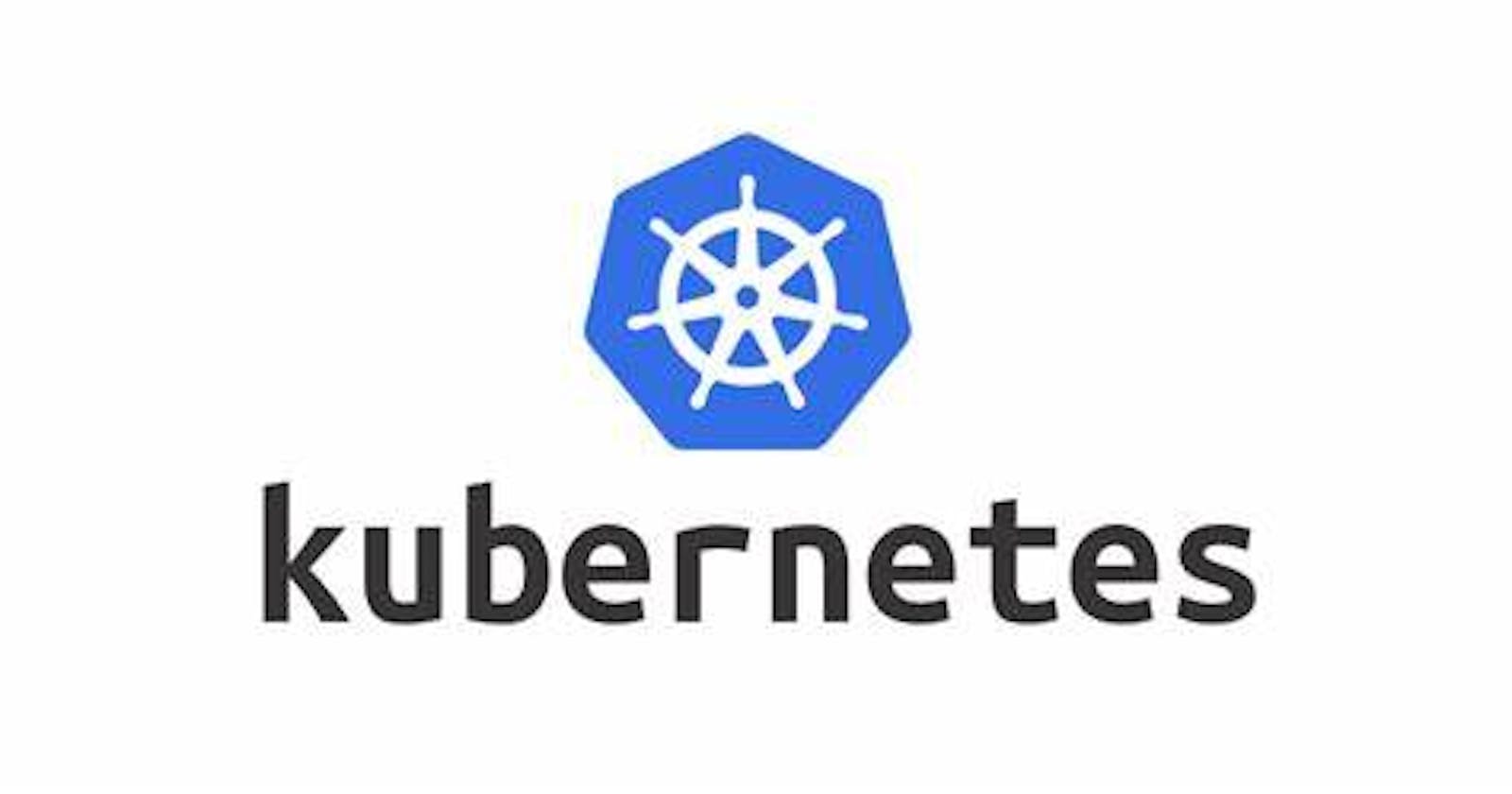Table of contents
No headings in the article.
Kubernetes is an open-source container orchestration platform that automates the deployment, scaling, and management of containerized applications. Developed by Google, Kubernetes has quickly become the de facto standard for container orchestration and has gained widespread adoption among organizations of all sizes.
In this comprehensive guide, we will explore the fundamentals of Kubernetes, its architecture, key features, and how it can help you manage your containerized applications.
What is Kubernetes?
Kubernetes is a container orchestration platform that automates the deployment, scaling, and management of containerized applications. It provides a platform-agnostic way to deploy and manage containerized applications, making it easy to move applications between different cloud providers or on-premise infrastructure.
Kubernetes Architecture:

Kubernetes has a highly modular architecture consisting of several key components that work together to provide a highly available and scalable platform for containerized applications.
Some of the key components of Kubernetes include:
Master Components: These are the components that manage the overall state of the Kubernetes cluster. The key master components include the Kubernetes API server, the etcd datastore, and the Kubernetes controller manager.
Node Components: These are the components that run on each worker node and are responsible for managing the containers running on that node. The key node components include the Kubernetes kubelet, the container runtime, and the Kubernetes proxy.
Add-Ons: These are additional components that provide additional functionality to the Kubernetes cluster. Examples of add-ons include the Kubernetes dashboard, the Kubernetes DNS service, and the Kubernetes ingress controller.
Kubernetes Features:

Kubernetes provides a wide range of features that make it easy to deploy, scale, and manage containerized applications. Some of the key features of Kubernetes include:
Container Orchestration: Kubernetes provides a platform-agnostic way to deploy and manage containerized applications, making it easy to move applications between different cloud providers or on-premise infrastructure.
Self-Healing: Kubernetes automatically monitors the health of the containers running on the cluster and can automatically restart failed containers or replace them with new ones.
Scaling: Kubernetes makes it easy to scale applications up or down based on demand. It can automatically scale applications based on metrics such as CPU utilization or network traffic.
Service Discovery and Load Balancing: Kubernetes provides built-in service discovery and load balancing, making it easy to expose containerized applications to the outside world.
Rolling Updates and Rollbacks: Kubernetes makes it easy to perform rolling updates and rollbacks of containerized applications, allowing you to deploy new versions of your applications without downtime.
Getting Started with Kubernetes
Getting started with Kubernetes can seem overwhelming at first, but there are many resources available to help you get started.
Here are some steps to get started:
Choose a Cloud Provider: Most cloud providers offer managed Kubernetes services, making it easy to get started with Kubernetes.
Choose a Kubernetes Distribution: There are many Kubernetes distributions available, each with its own set of features and benefits. Examples include Kubernetes, Red Hat OpenShift, and Rancher.
Install Kubernetes: Once you have chosen a cloud provider and a Kubernetes distribution, you can install Kubernetes on your cluster.
Deploy an Application: Once you have installed Kubernetes, you can deploy your containerized applications to the cluster using Kubernetes manifests.
Conclusion:
Kubernetes is a powerful platform for managing containerized applications. Its modular architecture and rich set of features make it easy to deploy, scale, and manage containerized applications in a wide range of environments.
Whether you are deploying a small web application or a large-scale enterprise application, Kubernetes can help you manage your containers with ease and efficiency. With its growing community of users and developers, Kubernetes is sure to remain a popular choice for container orchestration for years to come.
